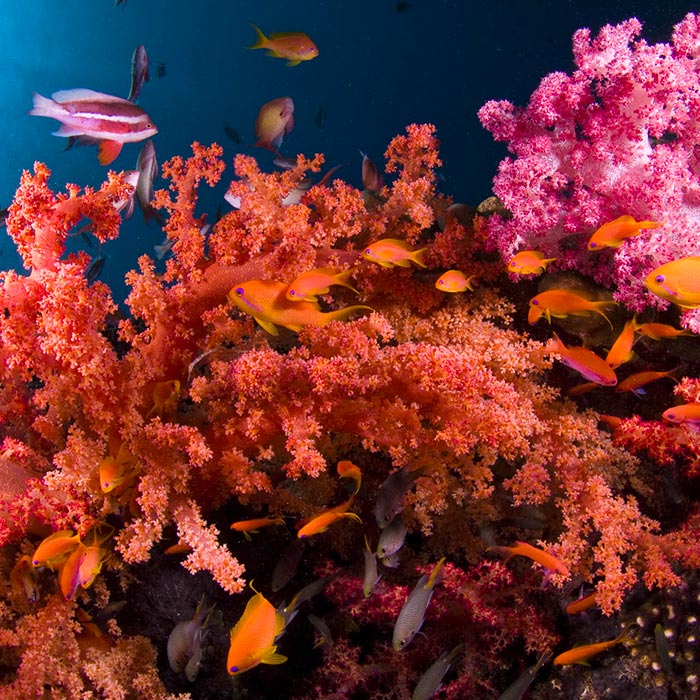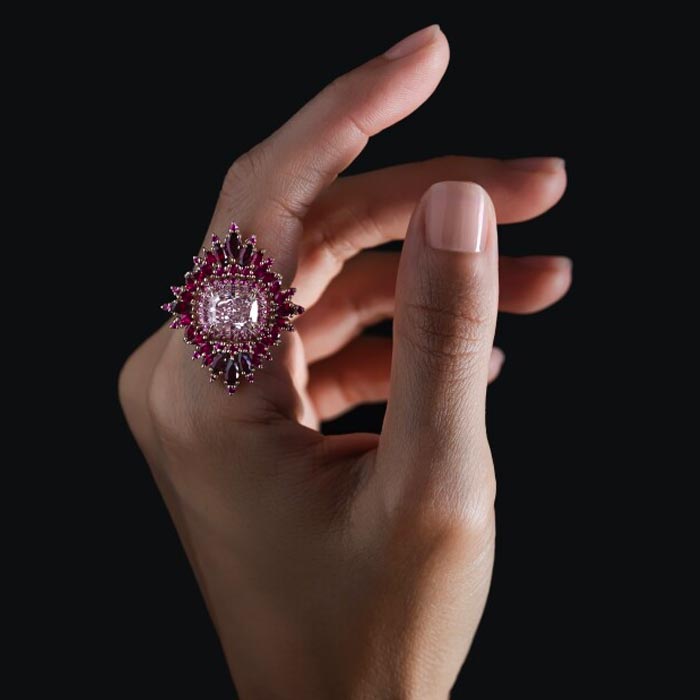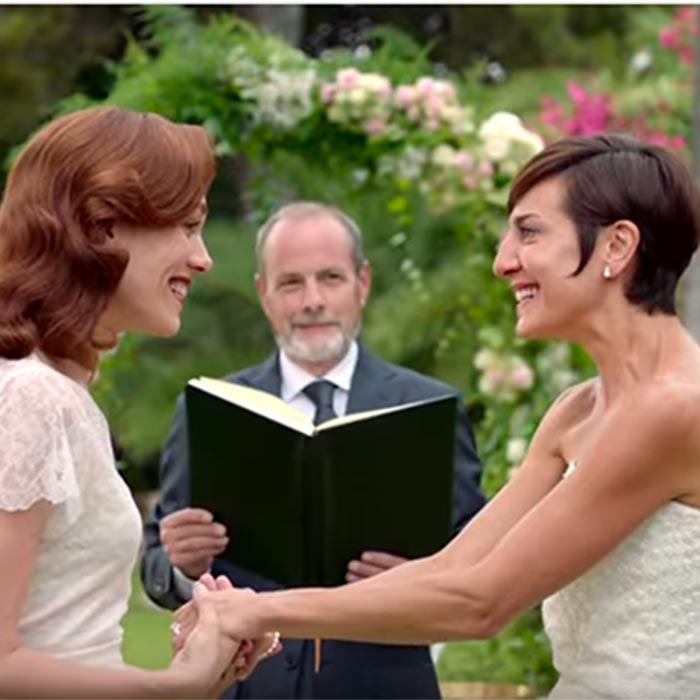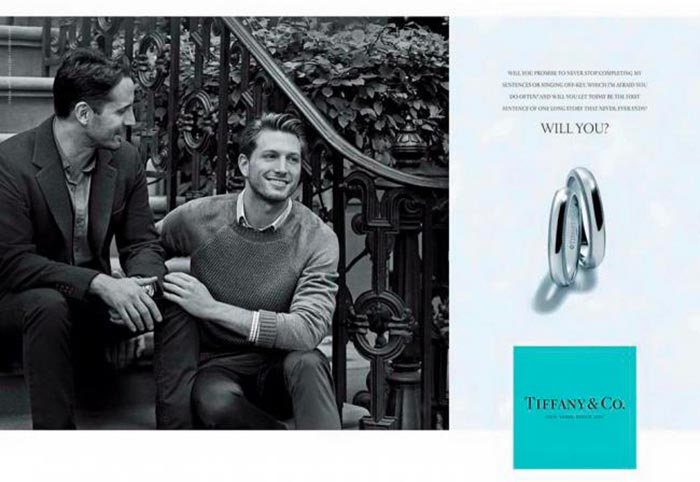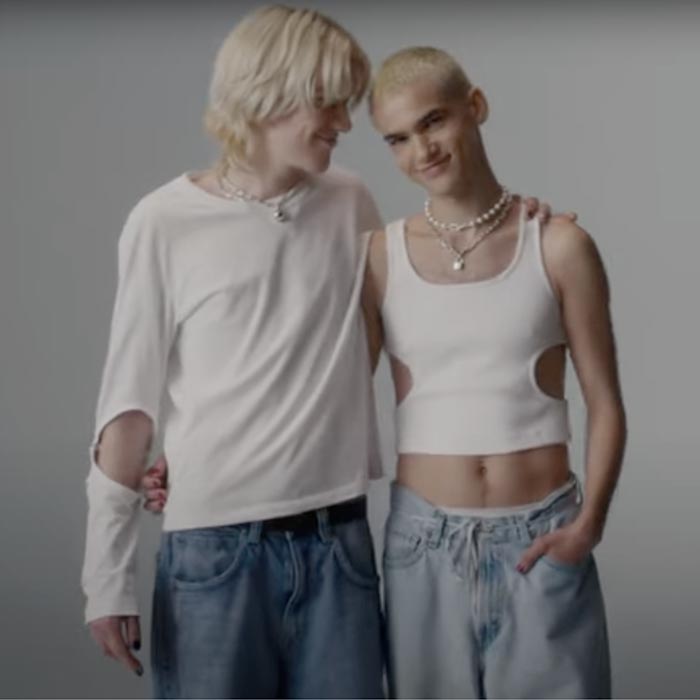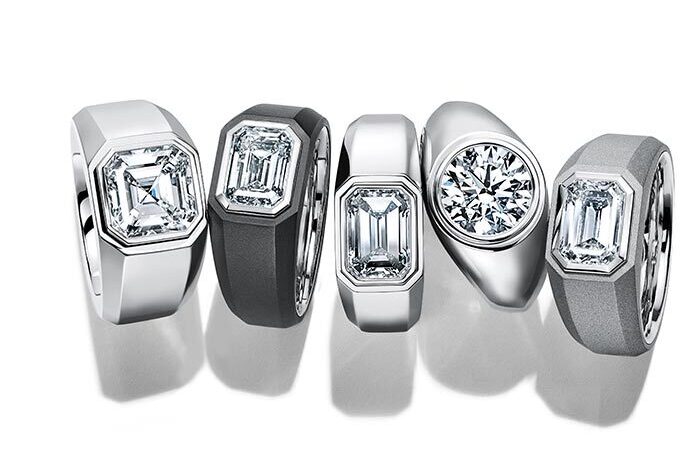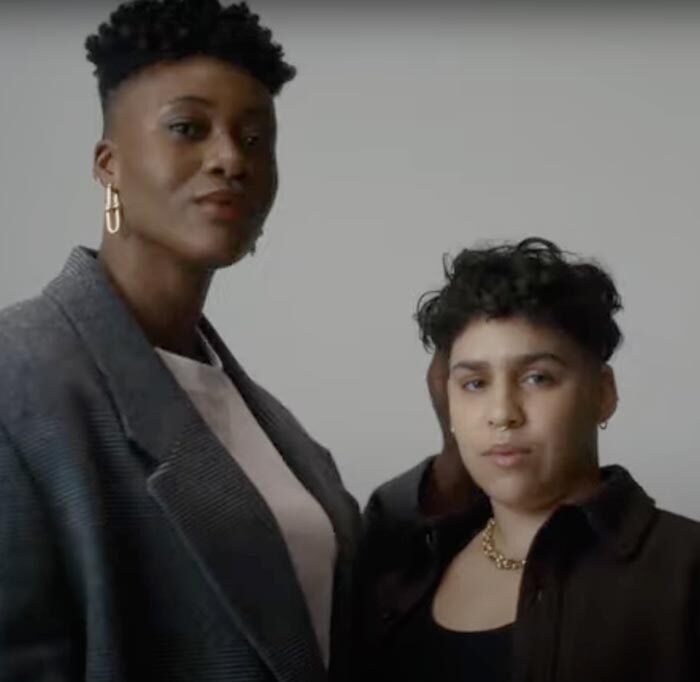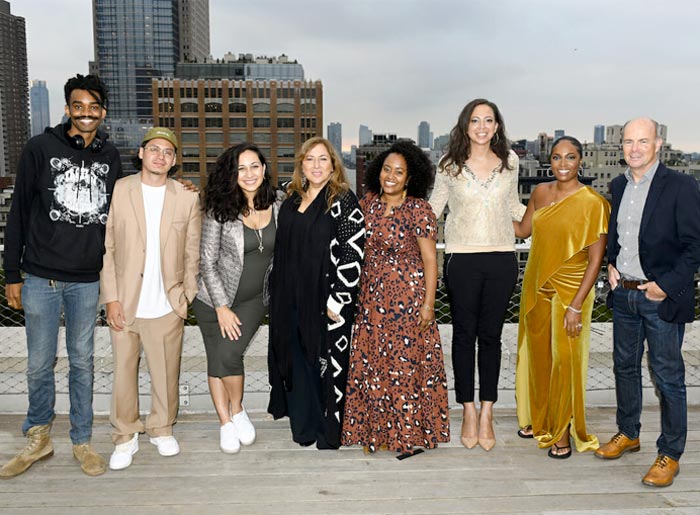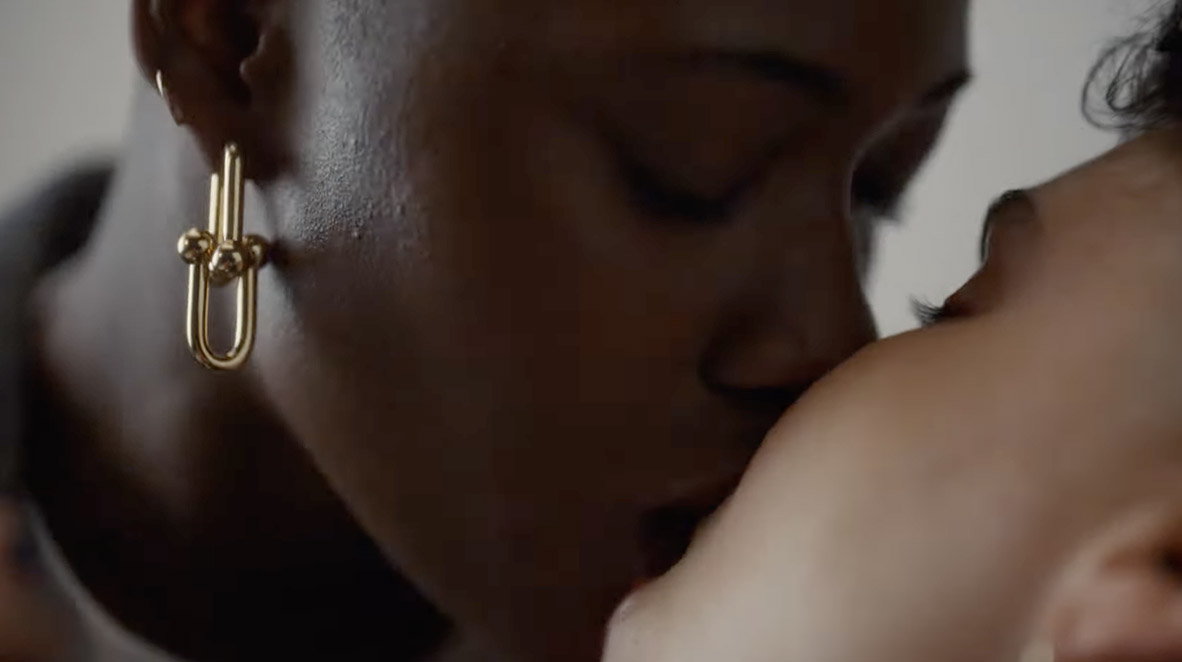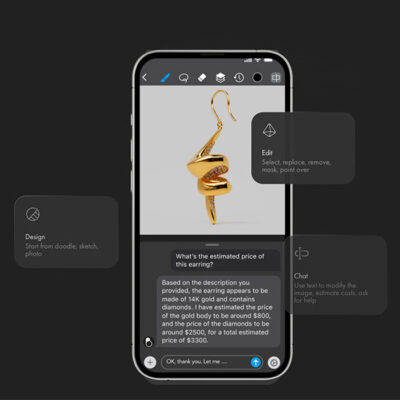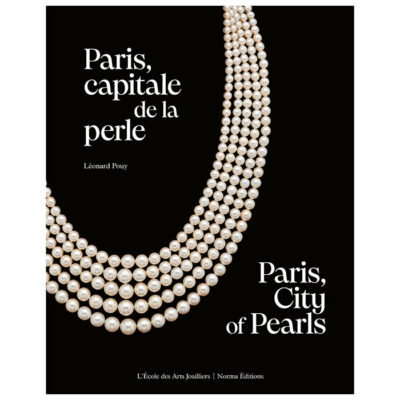Business
22 January 2022
Share
Jewelry at a time of wokeness
Jewelry purchases are set to be increasingly influenced by considerations such as the preservation of the environment, commitments to equal opportunities, gender parity and so on and so forth. Consequently, by 2025, companies’ social responsibility will impact them between 20 and 30%. That means $110 billion. Three times more than in 2019! *
By Sandrine Merle.
1/ Environmental awareness
Top of the list of concerns for 18-30-year-olds are global warming and the disappearance of species. In the eyes of this ‘climate generation’, responsibility in the jewelry sector lies first and foremost at the feet of producers of gold and precious stones, such as Gemfields, Al Rosa, Rio Tinto and De Beers. Those who have been dynamiting soils, using mercury and cutting down entire forests for ages… Aware of these disastrous images that cannot easily be erased from the collective memory, they are sparing no effort! Through the Only Natural Diamonds Association, the seven biggest global producers are keen to demonstrate their positive impact. In their ‘PS: Thank you’ ad campaign, they show their reserves (three times the area of the 523km2 that they exploit worldwide) where zebras flourish, where antilops are born, …
2/ Political awareness
Another important question concerning jewelry: did the production of the stone and gold in my solitaire involve child labor? Did they finance conflicts, like in ‘Blood Diamond’? This 2006 film made a lasting mark on the collective memory. To get around this, the sector has long since employed tools such as the Kimberley Process or the RJC. Since zero-risk has yet to be achieved, jewelers are terrified: What if a customer discovers their rubies came from mines in Burma, the ones that supply the most magnificent gemstones in the world but are exploited in atrocious conditions by the junta in power? So they continue to secure the chain from mine to display case by cutting down on intermediaries and stepping up controls. ‘Jewelers are now demanding to know who the suppliers are and where they are getting their stock, even for the minute stones used in paving. Anything whose origin is unknown is systematically rejected,’ explains Antoine Haddad, a dealer in diamonds and colored stones. They know that if there is the slightest doubt, the NGOs will publish a report and the consumers will let rip.
3/ LGBT ‘Lesbian Gay Bi Trans’ awareness
In a not-too-distant future, jewelers could find themselves being targeted by LGBT, LGBT+, LGBTQIA+ or even LGBTTQQIAAP groups. Q for ‘Questioning’, someone who asks questions about their own sexuality, + for ‘Others’… The predominant sexuality, wherein a man (born a man) has a relationship with a woman (born a woman), is not any longer the norm. This amounts to saying that jewelers are lagging behind when it comes to advertising since, with a few exceptions, such as Cartier, Tiffany & Co. and Zales, most feature heterosexual couples. The American jewelry retailer, which specializes in engagement rings, has just launched a line of chunky models, intended for men. If pressured, could they feature a trans protagonist in their advertising, as the Indian jeweler Bhima did recently?
4/ BIPOC ‘Black, Indigenous and People of Color’ awareness
‘Black lives matter’ but there is still no Virgil Abloh of jewelry! BIPOCs are found in the mines and the factories, while Whites are featured in the jewelry history books. However, Art Smith, an American of Haitian extraction, would certainly deserve a mention: in the 1960s and ’70s, he created marvels from ‘banal’ materials, notably with a connection to dance. His boutique located in Little Italia was regularly stoned. Will 2021 see things start to change? Sotheby’s put on an unprecedented exhibition and sale called ‘Brilliant and Black – A Jewelry Renaissance’, comprising 21 creators from the 1950s to the present day. A first: the ring valued at one million dollars designed by a black creator, Maggi Simpkins! There were also numerous donations, aid for training or access to diamonds, mentoring, etc. targeting BIPOC people, and organized by Tiffany & Co., Lorraine Schwarz with Only Natural Diamonds and De Beers with the De Beers Group. Necessary positive discrimination.
5/ The king of wokeness
The American retailer Tiffany & Co. is everywhere: the first to boycott coral and rubies from Burma in the early 2000s, the first to feature a gay couple in advertisements after the legalization of gay marriage in the USA, the first to orchestrate a campaign with a black celebrity couple (Beyoncé and Jay-Z) in front of a Basquiat painting. The site is packed with measures aimed at employees’ well-being: training, maternity leave, BIPOC and LGBT representation… It scored top marks in the Human Rights Foundation Campaign! America obliges and the brand is doing everything it can to achieve its 2025 goal of being the first inclusive luxury retailer.
Related article:
Looking for eco-friendly jewelry?
* (Source McKinsey – 2021)
Banner image : Tiffany & Co. “Stand For Love” campaign – 2021




